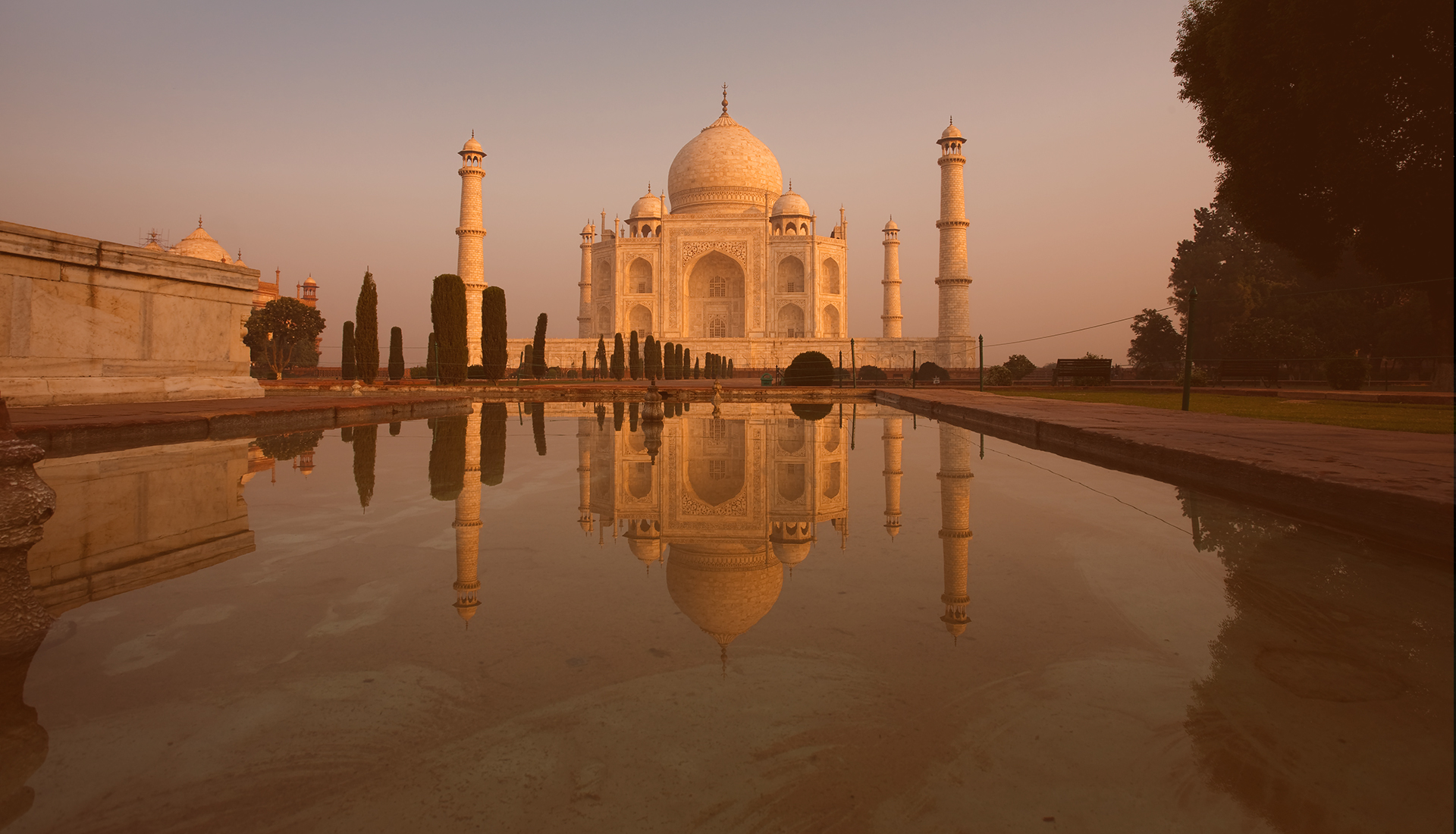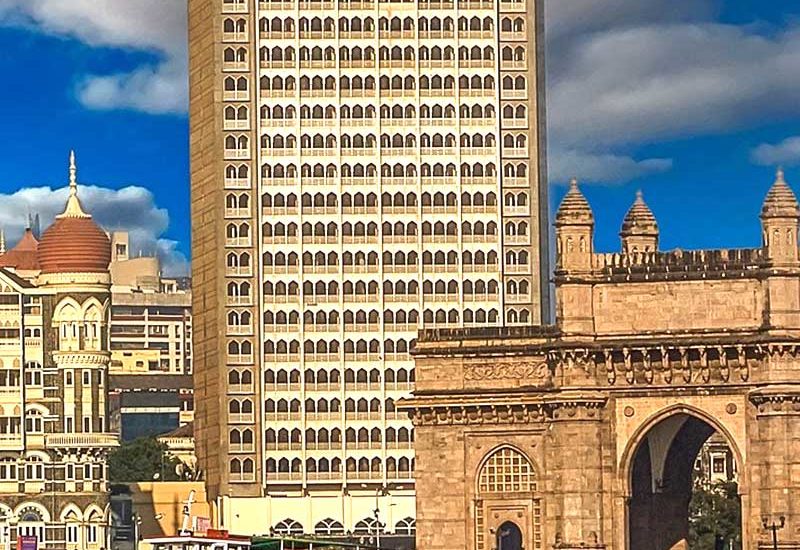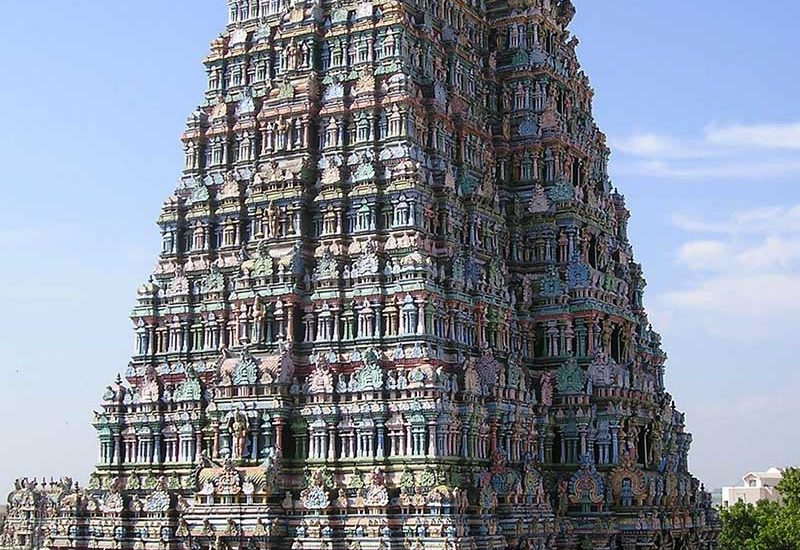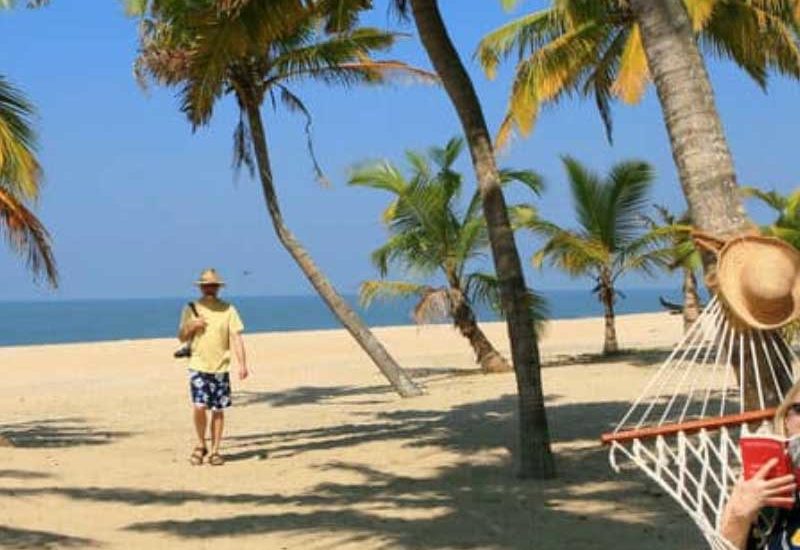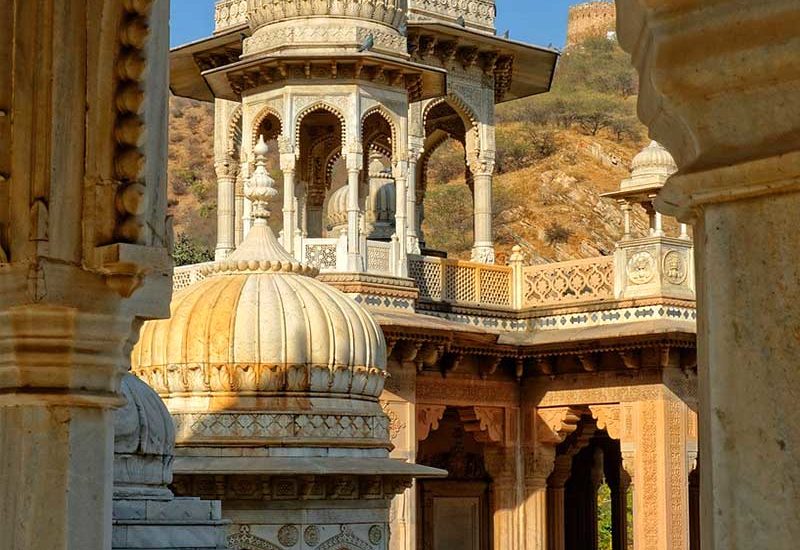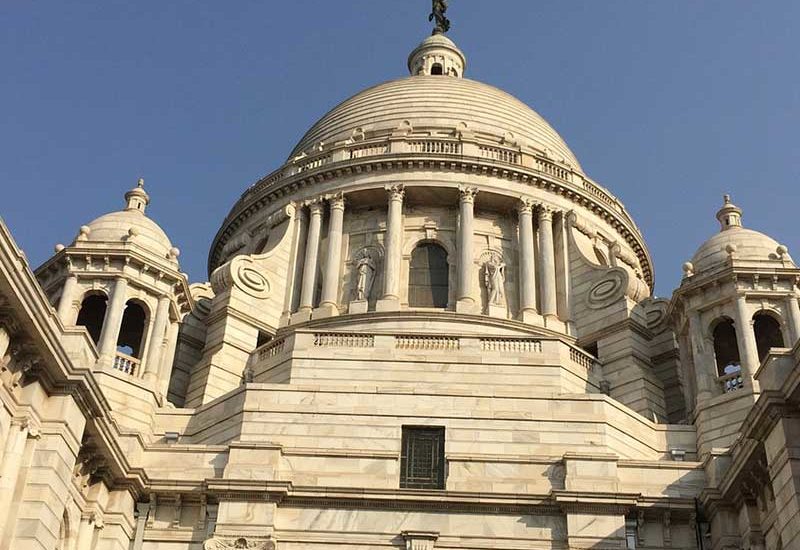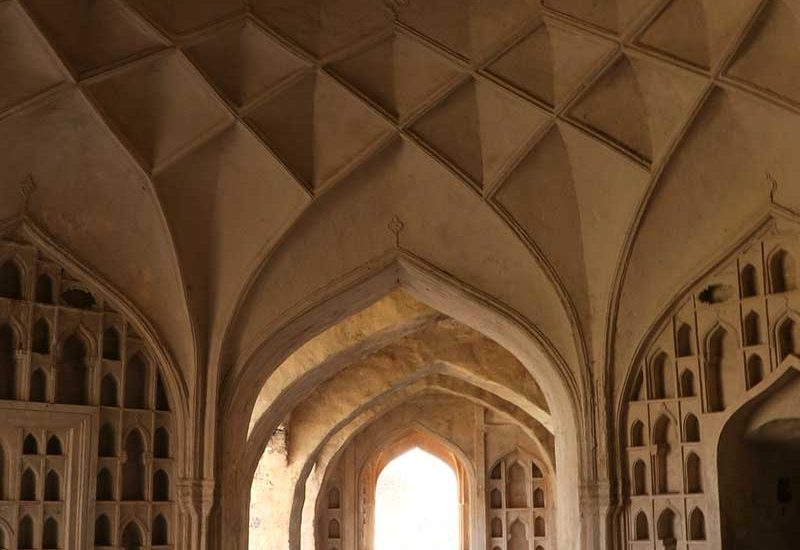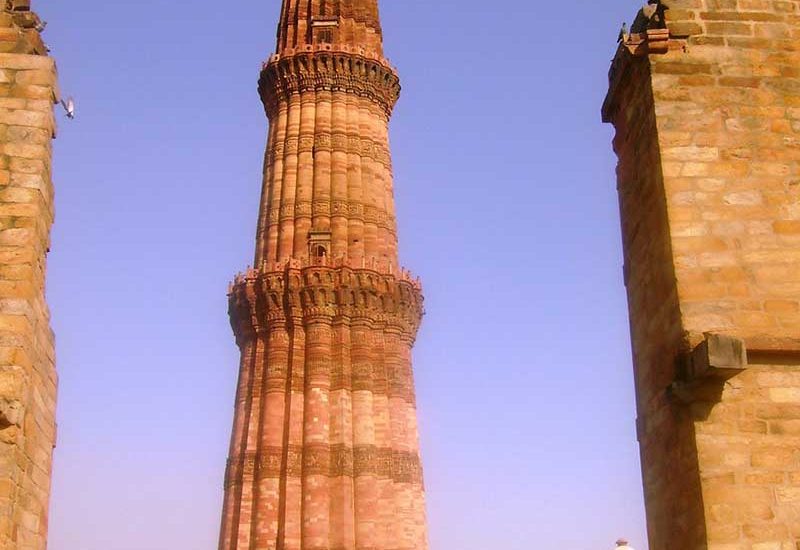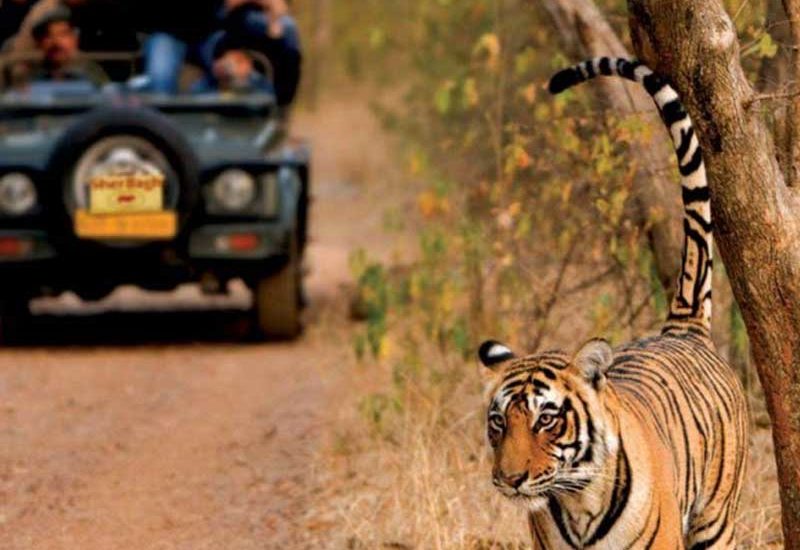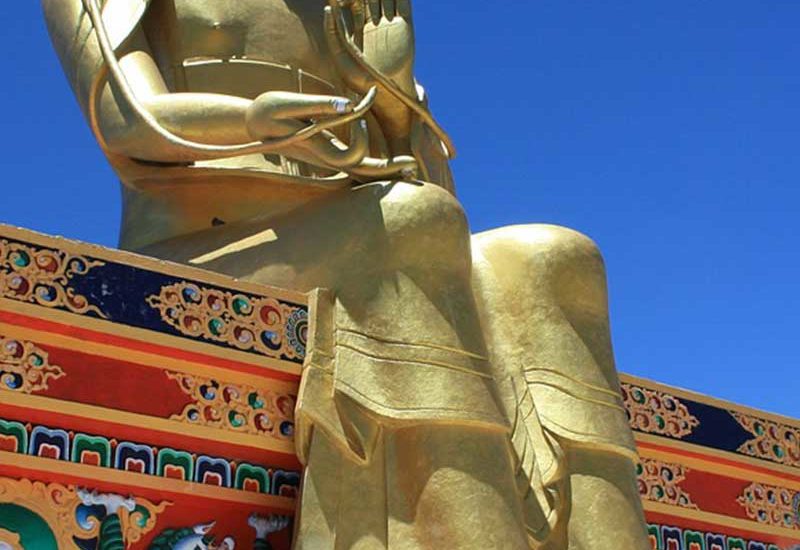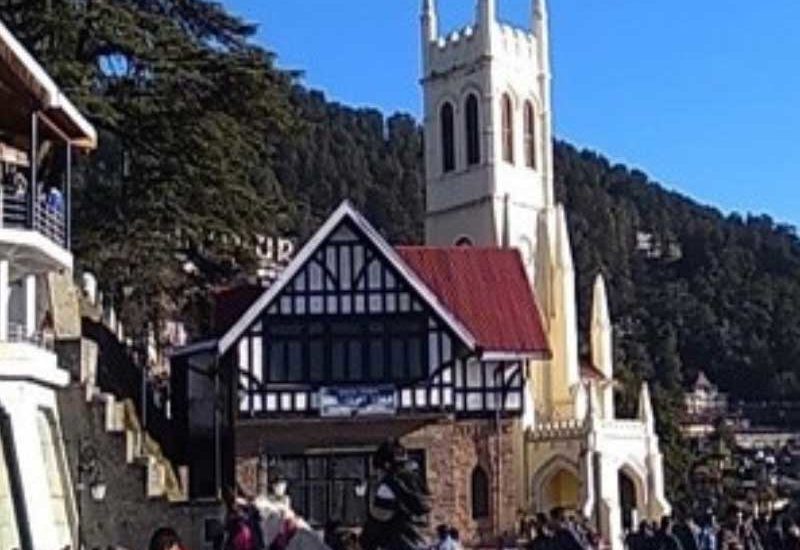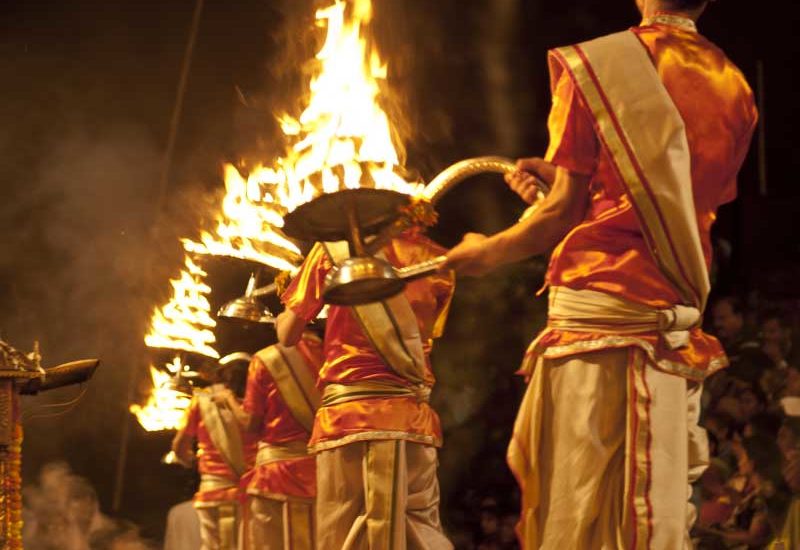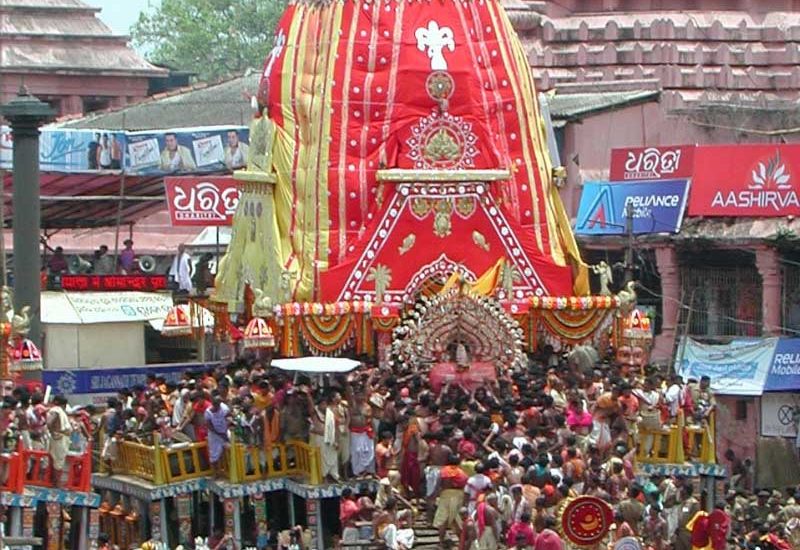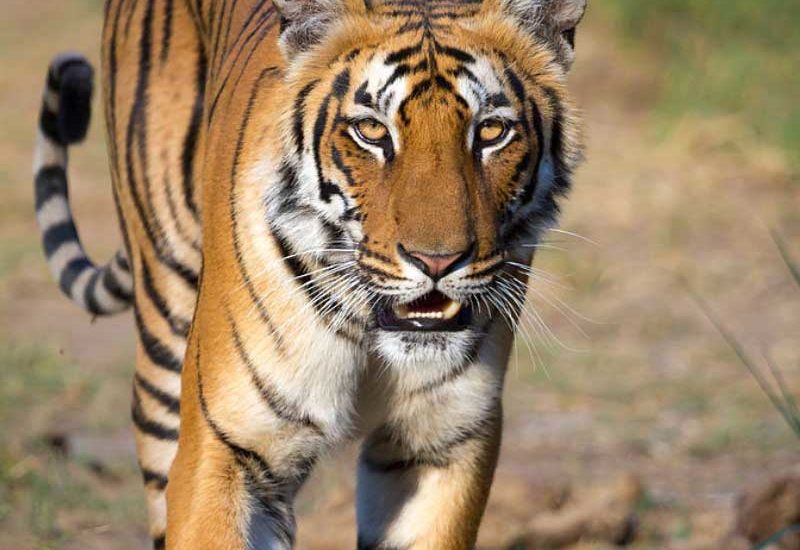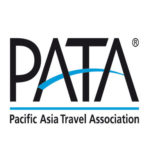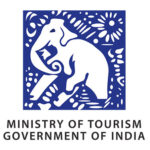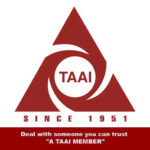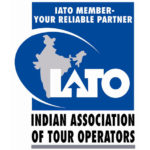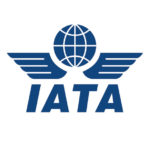Tours to India
“Who is India and what is her claim? Where does she hide and when does she come alive? A mere country cannot assume the bewitching charms which adorn her tender frame. Who is she? Sit by the ruins, and the inscriptions in caves, and discover where she hides. Listen to the village folklorists, to the waters of the perennial rivers and the echoes from mountains that have stood the test of time. Discover a love story carved out of marble. Discover a state of mind like no other, under the shade of a banyan tree, Discover India”
Heroes and demons, saints and saviours, ascetics and seekers, with one foot swathed in ancient traditions and the other striding the e-age few countries embrace diversity as passionately as India.
The country is almost like a continent, from North to South, East to West the people, customs, language, dress, religion, history, landscape, food and culture are as diverse as they are fascinating. India’s mind boggling diversity leaves a lasting memory that tantalizes the traveler to come again and again. With a heady mix of the sacred, materialistic and profane, the country is as vast as it is crowded and as luxurious as squalid, it is the one place to expect the unexpected. Wherever you travel in India from Himalayan gompas to the beaches of Goa, you are likely to encounter some kind of festival or celebration. Also, blessed with one of the world’s richest natural heritage, India is home to an extraordinary range of wildlife. However today she is struggling for existence as the forests are being steadily cleared for commercial purposes.
So whether it be a quick business trip, a memorable honeymoon or maybe you just want to spend your holidays in India – Ambassador Holidays will be the perfect fit for all your travel needs.
Glossary: dhanyawaad means Thank You in the Hindi language

India Tours List
Facts & Figures
Country
Capital
Languages spoken
Currency used
Area (km2)
Population
Visa Formalities
Electricity
When to go
With clear sunny days and mild to cold nights, October to March is generally the best time to visit the sub-continent. The monsoon rains break in coastal Kerala in May or June and travel inland to reach Delhi in July, lasting till early September. May and June are extremely hot except in the hills. The coastal and mountain areas get more rain than the central plains. Regional variations are outlined below.
North
Northern plains are at their most temperate, dry and sunny from October to March. Delhi and neighbouring areas can experience light to heavy fog from mid-December to mid-January but the areas south of Delhi such as Rajasthan remain largely unaffected. In mid-winter night temperatures in the plains north of Delhi can touch freezing point. May and June are extremely hot with July and August being monsoon months. Many visitors travel in these months as the rain is not incessant and air-conditioning tempers the heat. The game reserves in the north normally open from November to May (Ranthambore opens a month earlier in October) with the hotter period better for sightings.
Himalayan Foothills and Beyond
The hilly regions are at their best from March to October except in July and August when it rains. There is often snowfall from late December to early February in hill stations such as Shimla, Mussoorie and Darjeeling. Ladakh and Kashmir lie beyond much of the monsoon rains; here the months of July and August, with their warm days and cool nights, are peak season.
East & West
Kolkata, Mumbai and neighbouring coastal areas such as Orissa, Gujarat and Goa remain hot and humid throughout with winter months being somewhat cooler, especially inland. The monsoon is from June to August. The Kaziranga National Park is open from November to April.
South
There is significant variation in weather among the southern states, with November to April being the best months. It remains hot throughout with only the hill stations requiring a light pullover in winter. For those keen on swimming in the sea we recommend the three-month period of December to February. The wildlife parks here remain open throughout. The monsoon is at its peak along the west coast from June to August – the east coast remains relatively dry with minimal rainfall in the central highlands. Rain falls on the east coast from October to December.
Visa & permits
India respects bilateral immigration regulation with various countries. All passengers require Visa to enter except Nepal. India has visa on arrival facility for some countries from Jan 2010. You must check with you local Indian Embassy or consulate for further information and clarification.www.embassyworld.com
N.B. Your passport should be valid for at least 6 more months on the day the visa is stamped on it
Restricted Area Permits
Visits to certain areas in India, including Sikkim, Ladakh and many states in the North East, require special permits. Should these be applicable for your tour we will advise you on confirming your booking and assist in obtaining them.
Food & Drink
Food in India is varied, exciting and inviting. Hotels in India are aware of the reactions Indian food can sometimes have on overseas visitors and therefore take great care in the hygienic preparation and storage of food. Whilst health problems are rare these can occur and are often the result of a dietary change or over-indulgence. We would recommend a light diet, particularly during the first few days. For those averse to a curry continental food is readily available.
Most hotels have in-house restaurants and round the clock room service. Tea or coffee in the room can be obtained through room service, although facilities for making your own tea in the room are not so common.
Money
Currency
The currency in India is the rupee.
Currency Converter
We have set up a customised version of xe.com’s currency conversion tool to enable you to convert between Indian rupees and GB pounds, Euros or US dollars. Click here to perform the conversion.
Advice
We suggest you carry the bulk of your money in sterling travellers’ cheques for security. These as well as cash are readily exchanged by major hotels, shops and banks. The Rupee is not readily available overseas. All ports of entry in the country, however, have a 24-hour bank exchange counter immediately after Customs and Immigration.
Some hotels and restaurants accept payment from tourists only in foreign exchange. Rupees converted from foreign currency are acceptable when supported by encashment certificates that are given by hotels/banks when you exchange currency. While in practice hardly anyone ever asks for these encashment certificates, it is advisable to keep them. They are also required for reconverting Rupees into foreign currency when you return.
Cash withdrawals on credit cards and from dispensing machines should not be relied on for funds, though this facility is improving constantly.
Wildlife reserves and other remote regions may not have facilities for money-changing or accepting credit cards. It is advisable to exchange sufficient funds into Rupees while travelling to such places



